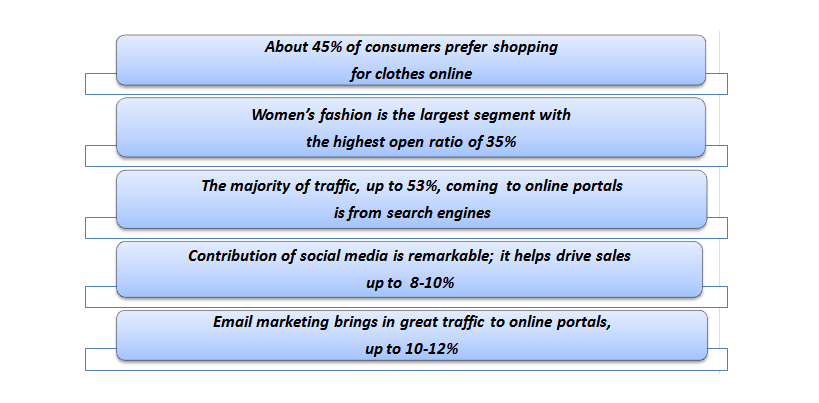According to a recent study by the Commerce Department, “web sales are rising rapidly every year. This is the fifth consecutive year in which the web sales increased by 15% or more”. Ecommerce has increased even faster during the Covid-19 pandemic. Changes that were probably going to take five to ten years, happened in just one or two years. For small and medium sized companies, it is hard to adapt to this very fast-changing world.
ECommerce is any channel that facilitates you to make online sales. Different channels include your own webstore run by Magento, Amazon, eBay or Shopify.
On the other hand ERP is a system that manages business data or back office operations for example NetSuite or Microsoft Dynamics AX or Microsoft Dynamics GP. ECommerce has become the number one platform that helps businesses increase their sales prospects.
If you are a wholesaler then you shouldn’t miss on eCommerce ERP integration, which is a must have if you want to streamline your sales and distribution.
Most wholesale companies rely on an accounting or ERP system combined or integrated with an inventory management solution to run their daily wholesale operation.
The need for eCommerce ERP integration is usually ignored because these type of integrations usually have a high cost and require careful planning to avoid business interruption caused by the change in existing computer systems. But the integration has a vital impact on your operations and customer experience.
Why it is Crucial for You Organization to Integrate eCommerce and ERP
- It allow you to function more proficiently as a business. Your main processes – orders, inventory, customers, and shipping/tracking – are communicated effortlessly between your once independent systems. ECommerce and ERP integration has the capability to harmonize information between systems and enables them to co-operate with each other.
- It trims down the hassles of manually entering data from one system to another. It saves time and lessens the errors, when entering order, inventory, item, and customer and shipping data.
- ECommerce ERP integration lets you to easily account for new orders and process these orders without delay, regardless of where the sale is made.
- Through this integration the tasks like products and pricing can be managed from one place which allows you to have precise and reliable information of the product.
- With streamlined inventory synchronization you can track updates, and give exact inventory levels to customers, avoiding backorders, delays and reducing customer service load.
- It automatically notifies the customers when orders have shipped and they can easily track the delivery of products.
- When you run multiple business systems that are not integrated, many times the information does not match, resulting in mis-communication and repetitive bi-directional data entry. The integration of ECommerce and ERP eliminates these problems.
In today’s fast moving and competitive business world the integration of eCommerce and ERP is a requirement to wholesalers, just as it is to retailers. It improves the way in which your data is processed and it ultimately improves the company’s performance.
Are you seeking expert assistance for your fashion brand’s ERP requirements? Get in touch with InStyle today!


